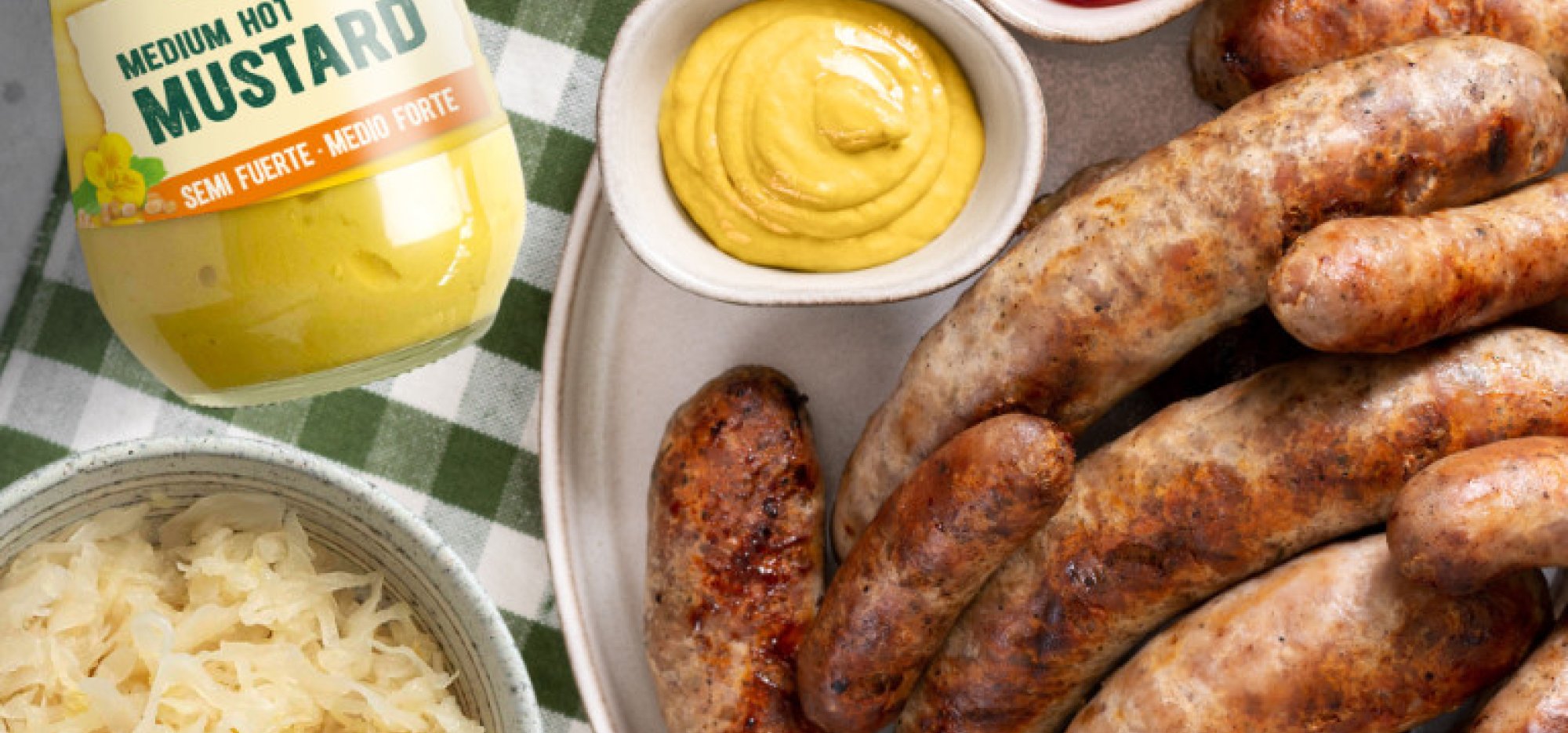From the bustling markets of Cologne to Michelin-starred restaurants in Berlin, German mustard (Senf) is more than an afterthought — it’s the tangy star that transforms dishes from ordinary to extraordinary. It’s no wonder top chefs and home cooks alike treat mustard as an essential ingredient rather than a simple condiment.
A Legacy in a Jar
Mustard has a history that stretches back thousands of years. Ancient Romans used it as both seasoning and medicine, while medieval German monasteries began perfecting mustard recipes in the 13th century. Today, German mustard comes in varieties that could fill a whole shelf — from smooth, mild varieties like Mittelscharf to bold and spicy variants, and the coarse-textured Körniger Senf.
Fun fact: The town of Bernburg in Germany claims to be the birthplace of mustard making in Europe — and hosts an annual festival dedicated entirely to this golden condiment.
Germany’s Tangy Gift to the World
German mustard has crossed borders and inspired chefs worldwide. In France, it inspired moutarde à l'ancienne, a coarse-grain variety beloved in gourmet cuisine. In the United States, German immigrants brought their recipes to mustard-lovers across the Midwest. Even Japan’s karashi mustard owes a nod to German techniques, having been influenced by European pickling and seasoning traditions.
It’s not just about flavour — mustard plays a functional role in global cuisine. It tenderises meat in marinades, adds a zesty punch to vinaigrettes, and even acts as a natural preservative.
Fun Food Pairings
German mustard pairs perfectly with sausages (Bratwurst or Weisswurst), cheese, and hearty breads. But the creativity doesn’t stop there. Mustard can jazz up roasted vegetables, elevate a burger to fine dining status, or even become the secret star in a chocolate dessert (yes, really!).
Fun fact: During Oktoberfest, it’s estimated that over 1 million sausages are served in Munich — and most of them come with a dollop of German mustard. That’s a lot of tang!
Mustard as a Cultural Connector
Mustard bridges tradition and innovation. Modern German chefs experiment with mustard-infused sauces for pasta, mustard-crusted fish, or even mustard ice cream. Each jar carries a slice of history while inspiring new creations in kitchens around the world.
So next time you reach for that jar, remember — it’s not just mustard. It’s Germany’s tangy gift to the world. A simple, yet remarkable ingredient with centuries of flavour and culture packed inside.

